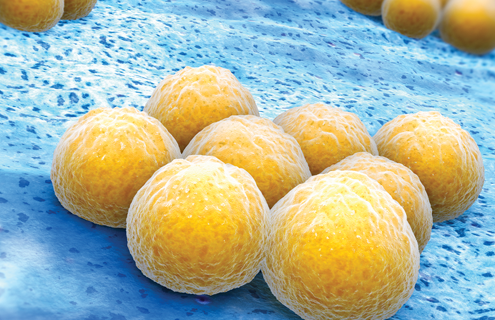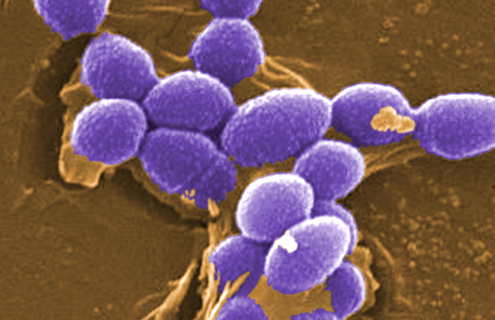
Even before the launch of the Human Microbiome Project (HMP) by the National Institutes of Health in 2007, scientists have sought to identify and understand the microorganisms in and on the human body that hold the key to health and disease.
The human microbiome is made up of bacteria, viruses, and eukaryotes that naturally reside on our skin and in our mouth, nasal passages, gut, and urogenital tract. These microorganisms are necessary for important biological processes—from breaking down nutrients in food to producing anti-inflammatory compounds. They’ve been found to influence our immune system and susceptibility to specific diseases1 as well as our response to certain medications.2
The HMP elevated our understanding of the microbiome through the collection of human samples, characterization of microbial communities, and sharing of data. While the project has served as a valuable springboard, there is more work to do and much to learn in how to leverage the microbiome to promote health and treat disease.3
In support of this essential research, ATCC has acquired and now provides researchers with fully authenticated microbial strains that have been isolated as part of the project.
Explore our Human Microbiome Project product strains below to forward your research today.
ATCC microbiome resources

Microbial community profiling
While metagenomic studies have resulted in a wealth of information on microbial populations, the complexities associated with 16S community profiling and shotgun metagenomics methods have posed significant challenges in assay standardization. Here, bias can be introduced at each stage of the microbiome workflow, which can in turn affect data interpretation and reproducibility. Discover how NGS standards can help.
Learn more
Raise the standards of your microbiome research
Optimization of your microbiome research workflow via authenticated standards is essential to the validity and reproducibility of your data. ATCC offers fully sequenced mock microbial communities that support site-specific studies, research on the virome or mycobiome, or pathogen detection. Discover how these NGS standards can help you optimize your research with confidence and improve the consistency of your data run after run.
Learn More
1 Heng D, Liwinski T, Elinav E. Interaction between microbiota and immunity in health and disease. Cell Res 30, 492–506, 2020.
2 Tuteja S, Ferguson JF. Gut Microbiome and Response to Cardiovascular Drugs. Circ Genom Precis Med. 2019 Sep;12(9):421-429. doi: 10.1161/CIRCGEN.119.002314. Epub 2019 Aug 28. PMID: 31462078; PMCID: PMC6751004.
3 Huttenhower C, Buck GA, Snyder MP. et al. 2017 NIH-wide workshop report on “The Human Microbiome: Emerging Themes at the Horizon of the 21st Century”. Microbiome 7, 32, 2019.
